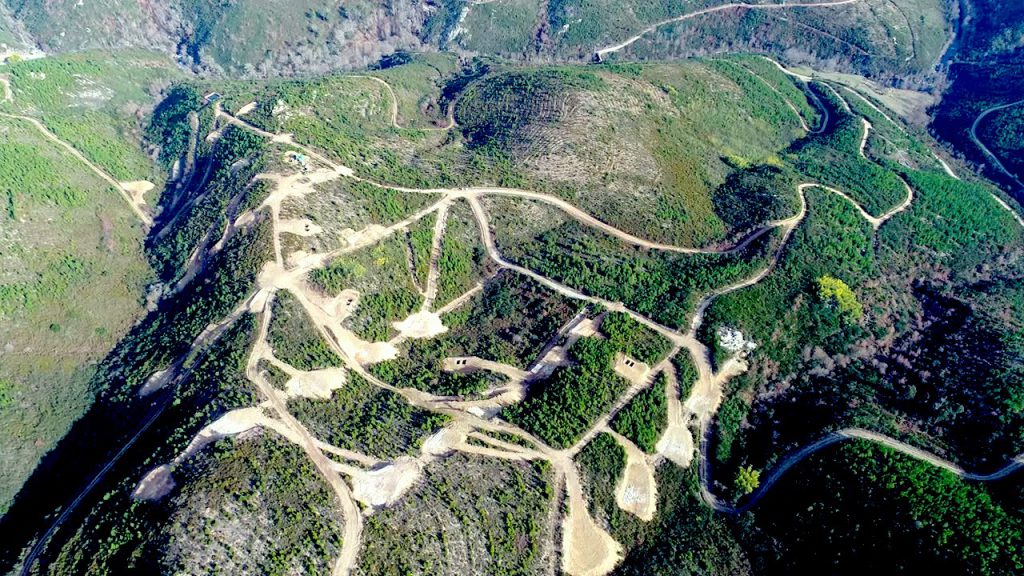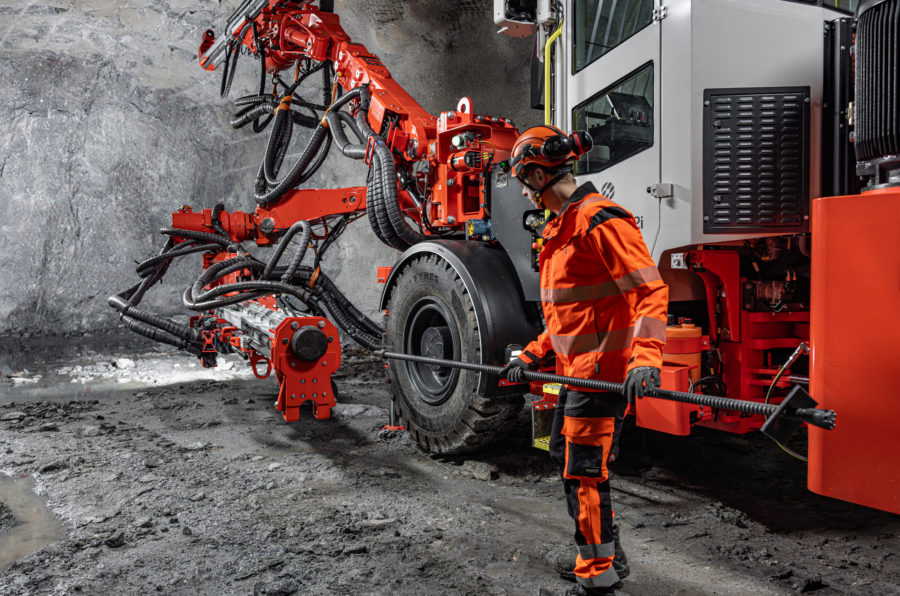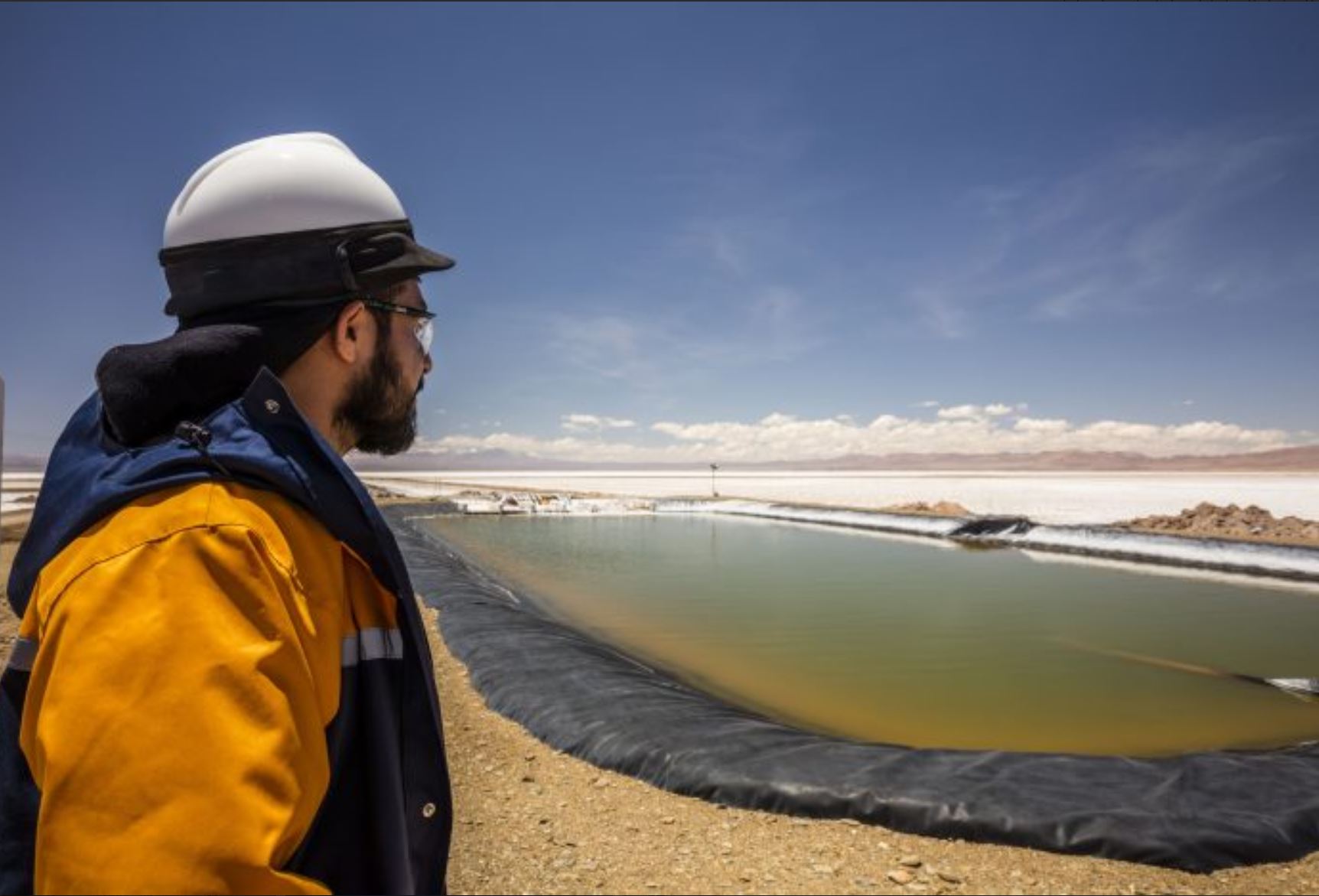European firms, banks must boost investment in critical minerals, official says

European firms such as automakers and financial institutions need to step up investment in critical minerals for the region to develop domestic sources of the key raw materials for the energy transition, the head of an EU-funded organisation said.
The European Union has launched an ambitious roadmap to accelerate production of minerals such as lithium and rare earths needed for electric vehicles (EVs) and wind turbines.
“There’s literally no equity being invested by financial institutions into the sector,” Bernd Schaefer, CEO of EIT RawMaterials, told Reuters.
“We also need more commitment from downstream players,” he said, referring to end users of the materials. “That has to change if we really want to move forward and act accordingly to what is stipulated in the Critical Raw Materials Act (CRMA).”
EIT RawMaterials is helping to implement an EU plan to provide the critical raw materials needed to meet the bloc’s target of net zero greenhouse gas emissions by 2050.
Under the CRMA, due to enter into force in coming months, the bloc has set 2030 targets for domestic production of minerals required for its green transition – 10% of annual needs mined, 25% recycled and 40% processed in Europe.
Demand for 34 raw materials including copper, nickel and rare earths is forecast to rise sharply. The European Commission has estimated that the EU will require 18 times more lithium in 2030 than in 2020 and fives times more cobalt.
Governments such as France, Germany and Italy have launched national investment funds which include support for critical mineral projects, but more needs to be done, Schaefer said.
The situation in Europe contrasts with the US, where the Inflation Reduction Act offers $369 billion in tax breaks over 10 years for the domestic production of electric vehicles, batteries, hydrogen or solar panels.
Schaefer noted that Germany’s Vacuumschmelze (VAC) is working with General Motors to build a North American factory to make rare earth permanent magnets.
The VAC/GM deal, which will help the automaker meet its EV growth ambitions, highlights the need to implement an EU action plan for permanent magnets proposed in 2021, Schaefer added.
“Up until now, the biggest Western-world magnet producer has been in Germany. In two years time, it is most likely to be in the US,” he said.
“Risk aversion in Europe is prevailing. I think European companies are on a learning curve and I’m hopeful and positive they will step up.”
Neo Performance Materials is building a rare earths permanent magnet factory in Estonia, which is due to launch output next year. The company already has a plant for separating rare earths in the country.
(By Eric Onstad; Editing by Jan Harvey and Mark Potter)
More News
Sandvik improves underground bolting safety with new pumpable resin system
The latest pumpable resin system, featuring Mineral Bolt technology from Sandvik Ground Support, now supports three bolt types.
April 08, 2025 | 01:44 pm
Argentina aims to boost lithium production by 75% in 2025, sees no risk from trade war
The boost in production is expected to mostly come from new operations in Salta and expansions in Catamarca and Jujuy, the northern provinces.
April 08, 2025 | 01:32 pm
PDAC video: Eldorado targets 43% output surge
The company – which operates mines in Turkey, Greece and Canada – forecasts production to hit between 660,000 and 720,000 oz. gold by 2027.
April 08, 2025 | 12:59 pm
{{ commodity.name }}
{{ post.title }}
{{ post.excerpt }}
{{ post.date }}




Comments